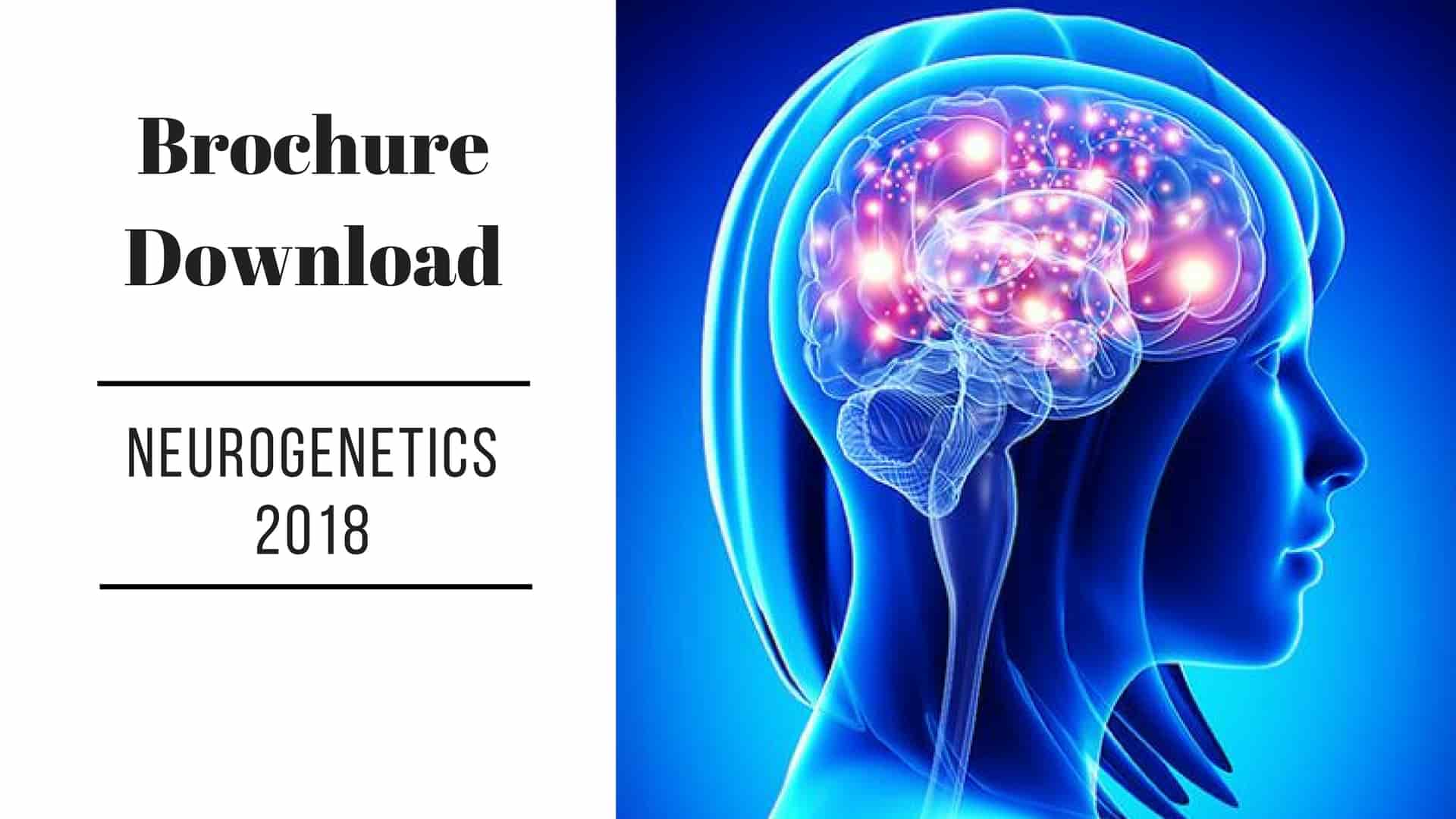
Temitope H Farombi
University College Hospital Ibadan, Nigeria
Title: Profiling the non-motor symptoms burden in Parkinson’s disease patients in Nigeria using non-motor symptoms questionnaires
Biography
Biography: Temitope H Farombi
Abstract
There is emerging evidence that Non-Motor Symptoms (NMS) present earlier and they are associated with poor quality of life of individuals living with Parkinson’s disease. The NMS burden poses a greater care challenge to both the health workers and the caregivers. So profiled the burden of non-motor symptoms in Parkinson’s disease patients in Nigeria using a cross sectional method to study the NMS longitudinal natural histories. Specifically, the data of 61 consecutive PD patients that completed NMS questionnaire were analyzed using SPSS software. 44 (72.1%) were males while 17 (27.9%) were females. The mean age of respondents were 68.3 (9.6) and ranged from 39-82 years. The mean NMSQuest score among respondents were 12.8 (5.2). Most of the respondents had NMS burden 2(55.7%) followed by NMS burden 3 (31.2%) and NMS burden 4 (13.1%). A higher proportion of respondents with HY stage-1 had disease burden NMS 2 (71.4%) compared to those with NMS 3 (28.6%) and none had NMS 4. Those with H and Y stage-2 had a higher proportion with disease burden NMS 2 (78.4%) compared to those with NMS 3 (13.5%) and NMS 4 (8.1). For those with H and Y stage-3, a higher proportion had disease burden with NMS 3 (66.7%) compared to NMS 4 (33.3%) and none had NMS 2. All respondents with HY stage-4 had NMS 3. This difference was statistically significant with Chi-square=32.579 and p value <0.001. This shows that NMSQuest could be a useful tool to screen for NMS burden among PD patients and this can be used to tailor specific treatment for individual patient during clinic visits.

